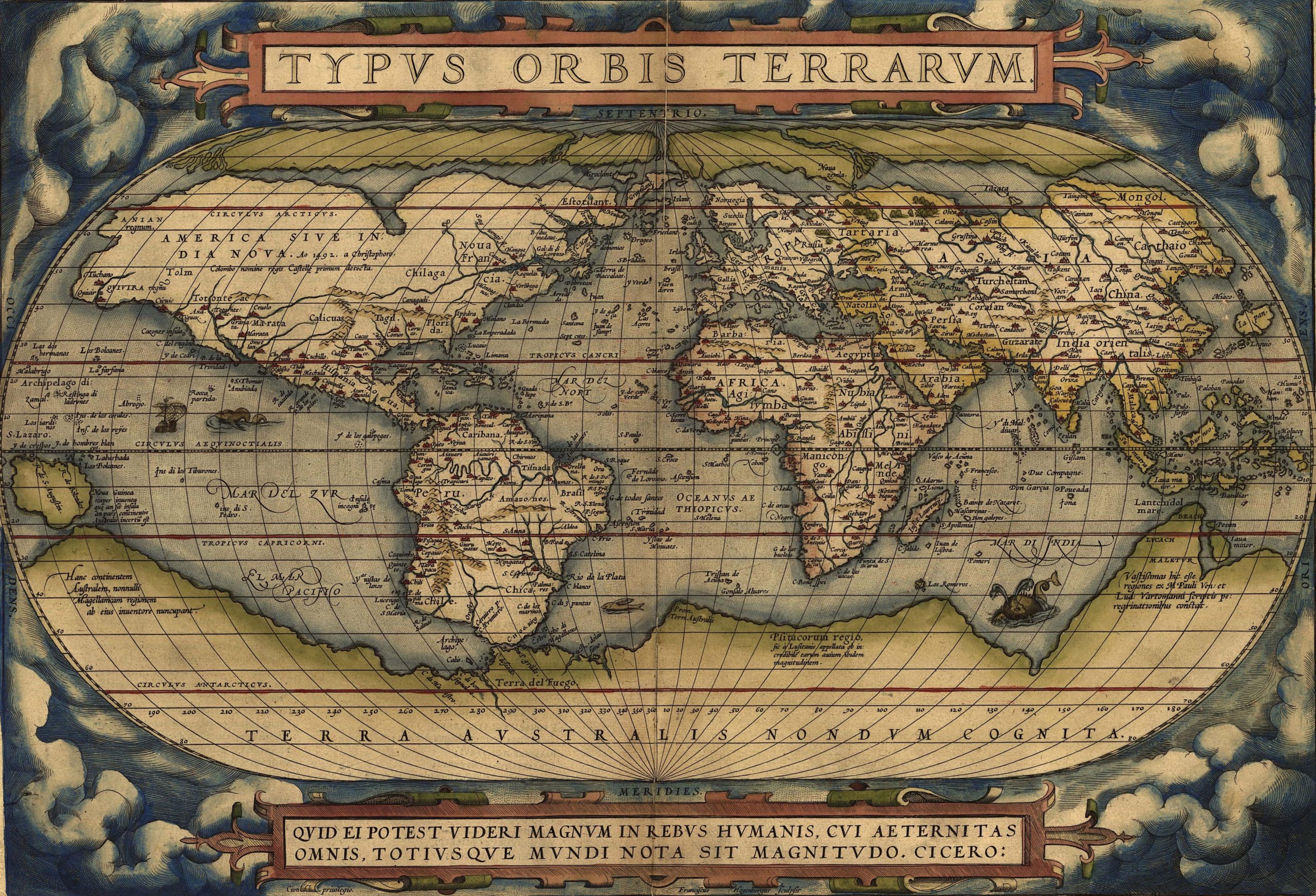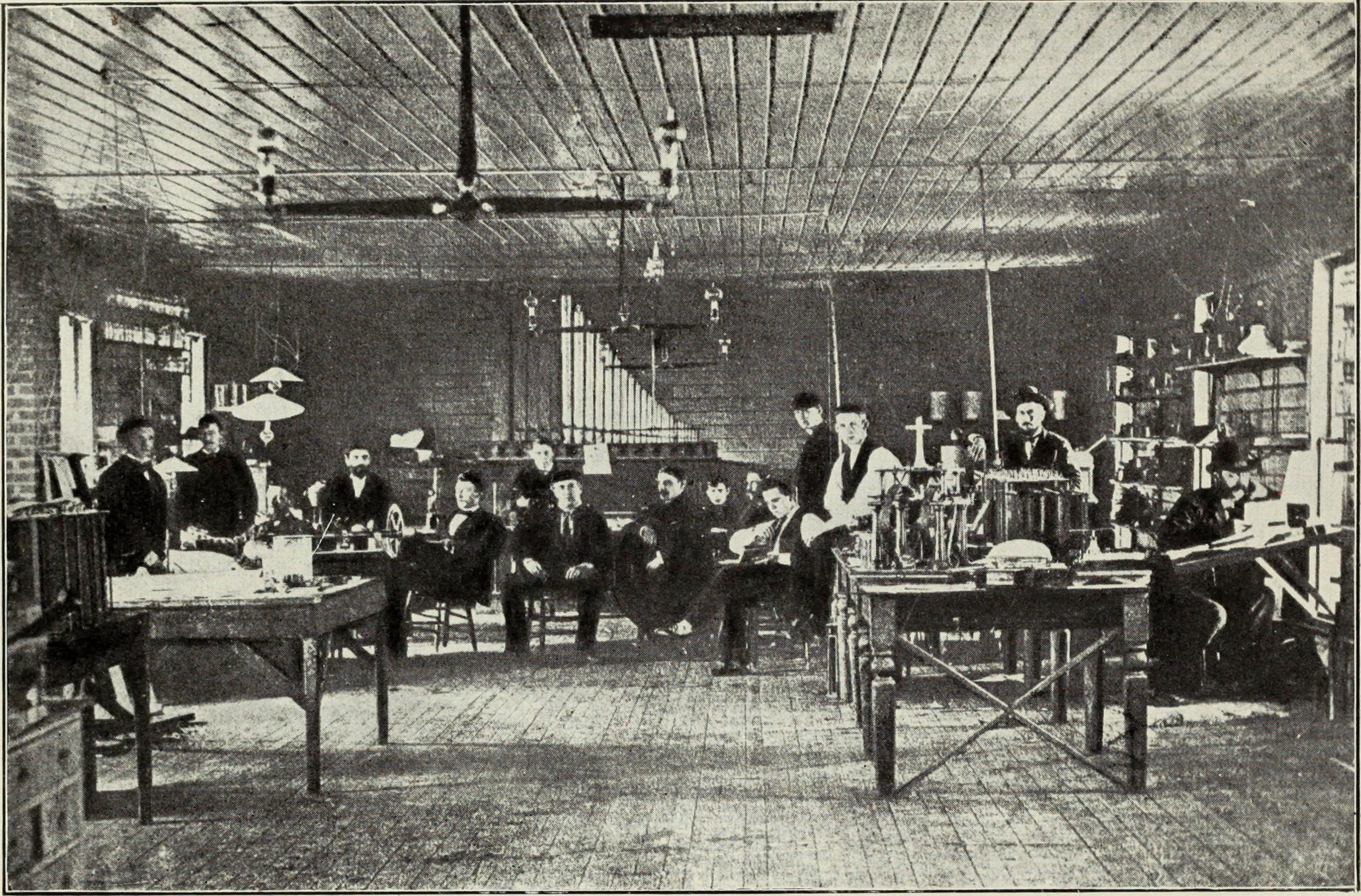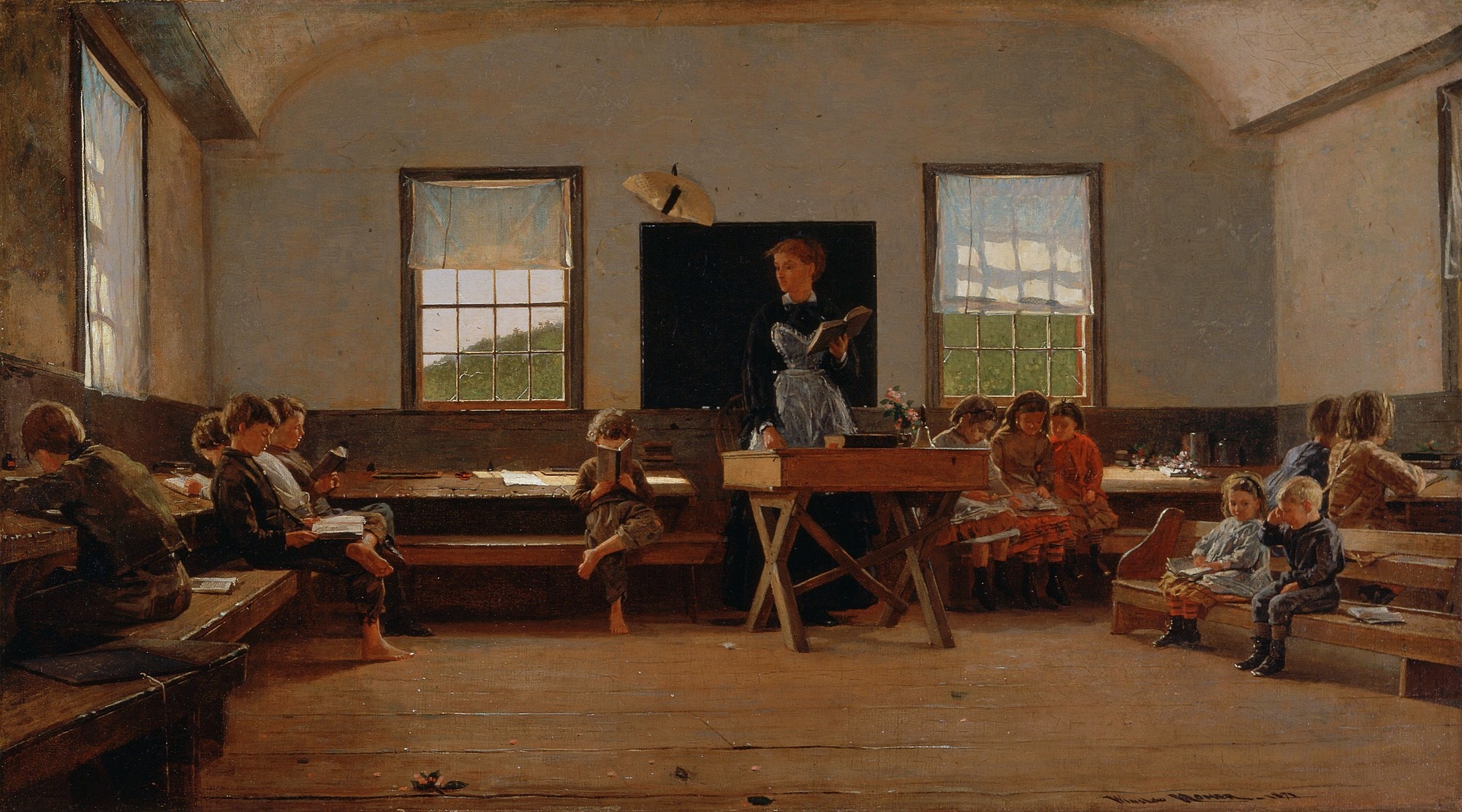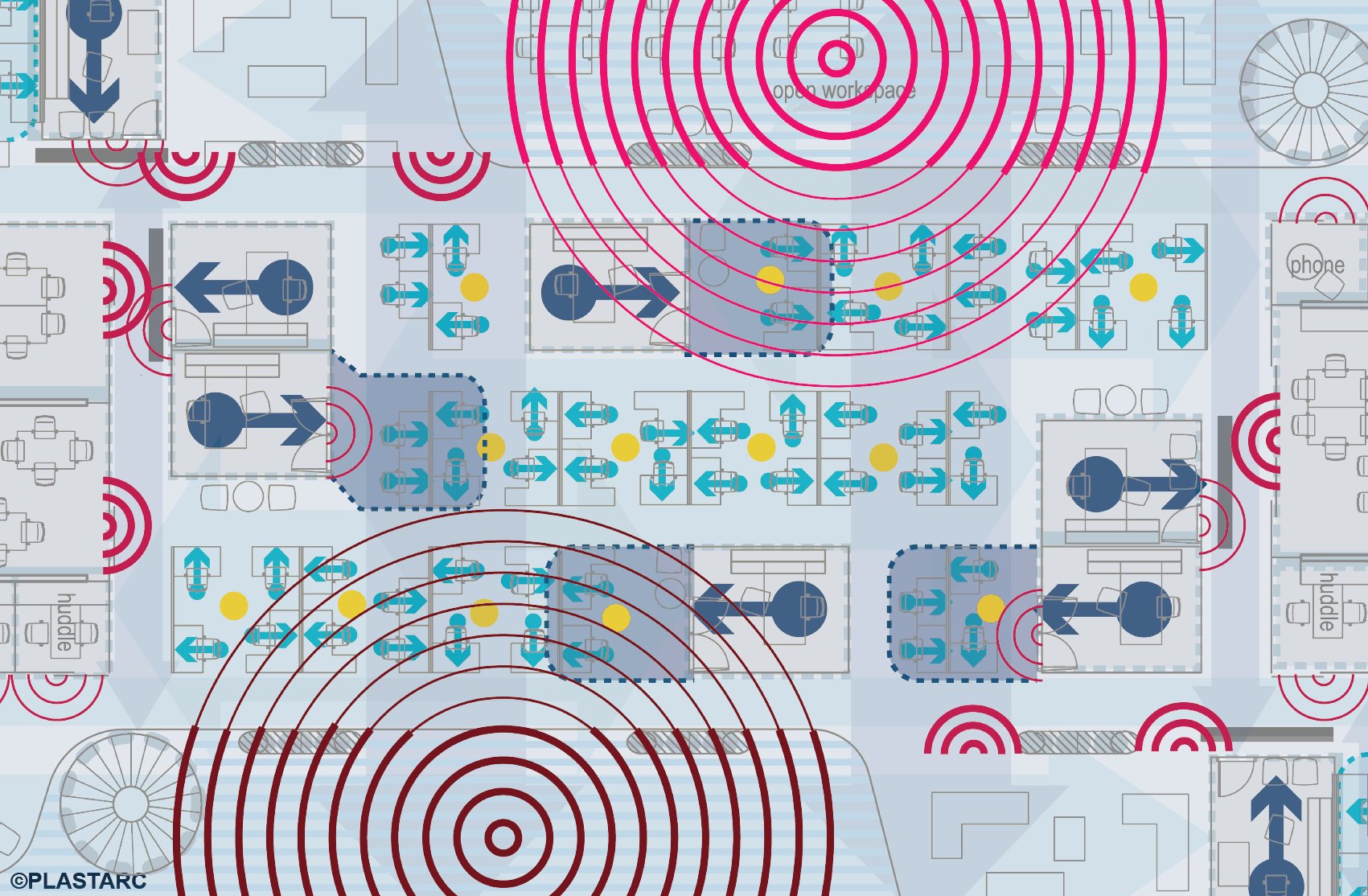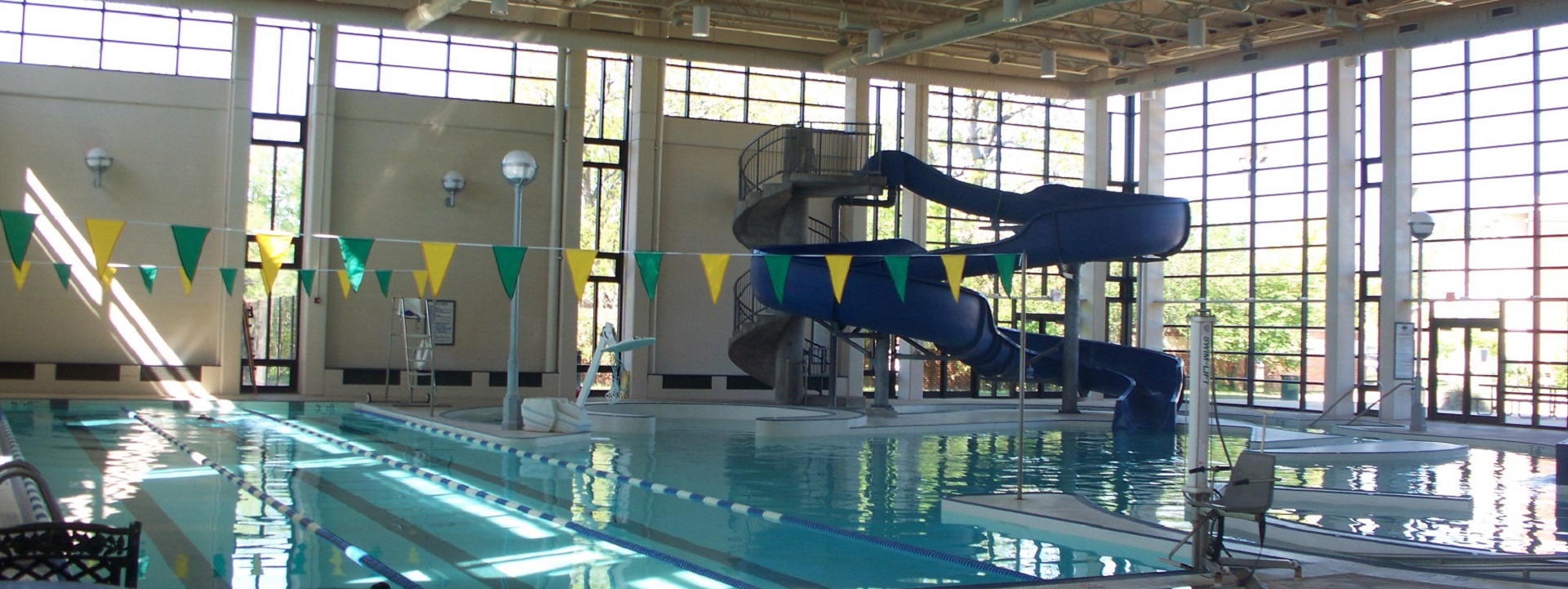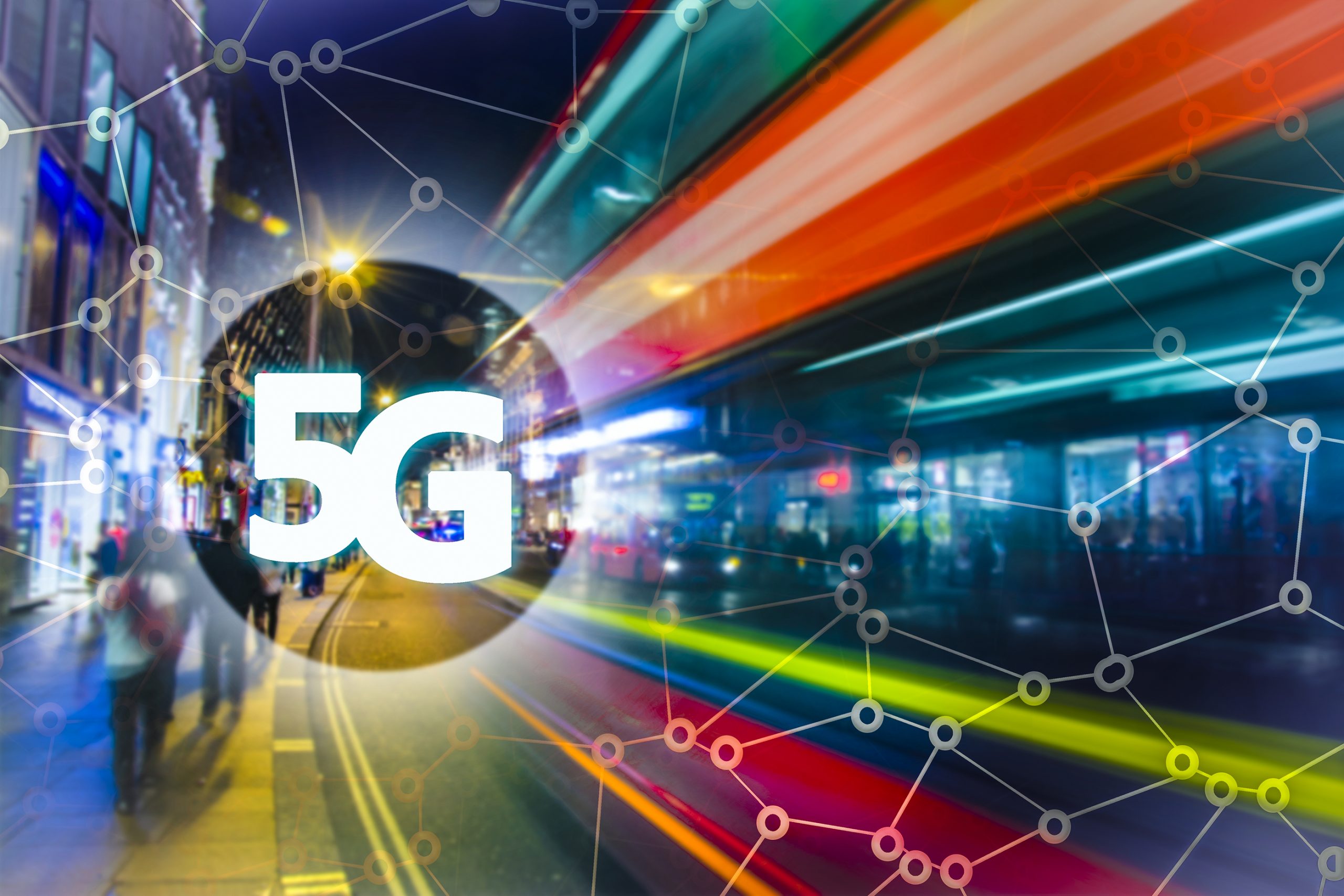An update on our collaboration with other like-minded units in the education industry in the US and other nations. In most cases we conform to participation requirements set by ANSI US Technical Advisory Groups but we also have liaison with other universities in the European Union who conform to the participation requirements of their own national standards bodies. Use the login credentials at the upper right of our home page. Because a great deal of content is copyright protected by the ISO, IEC and the ITU, please contact bella@standardsmichigan.com for an advance agenda.



